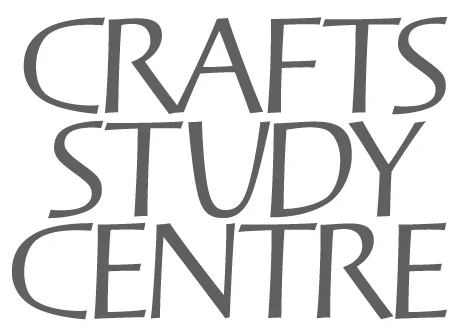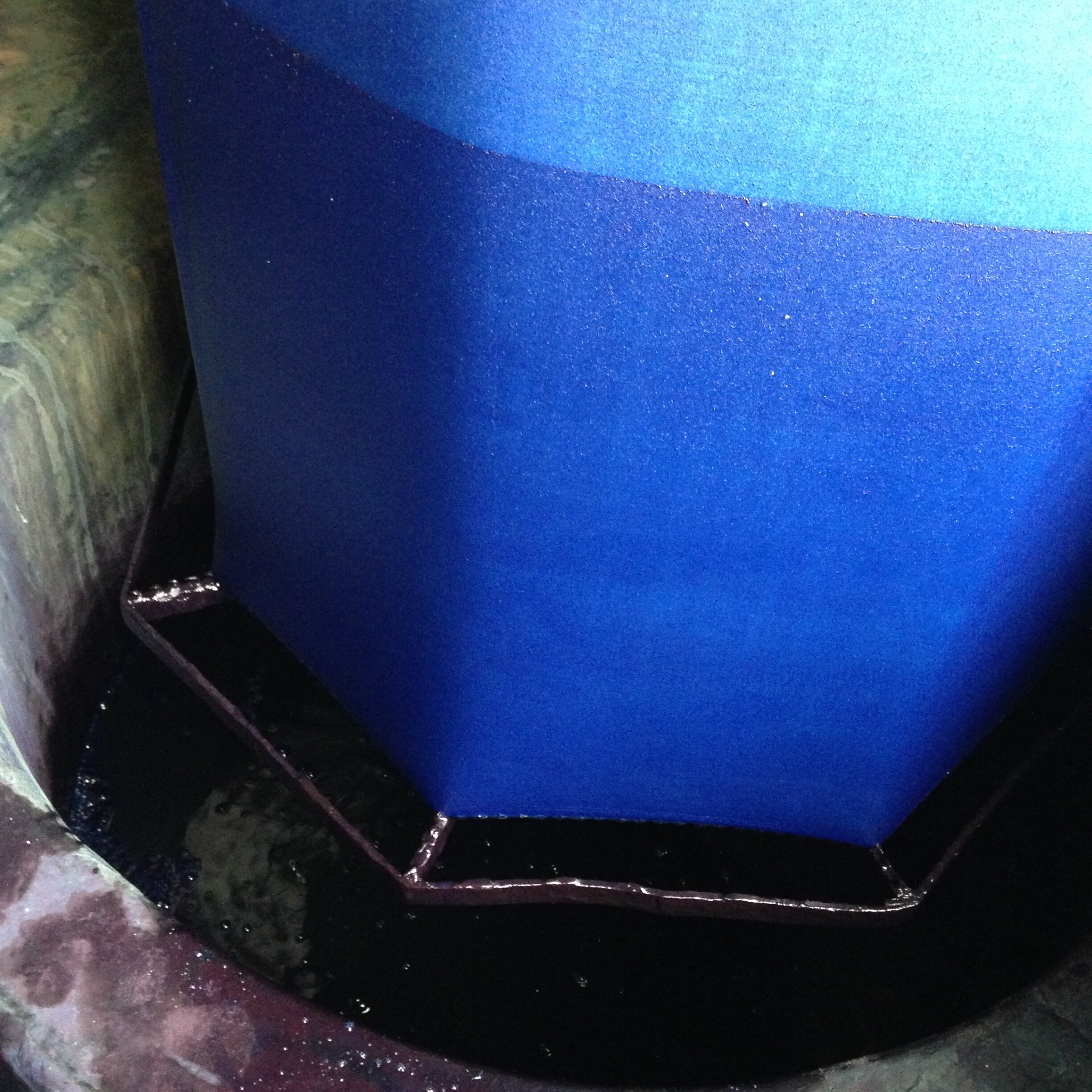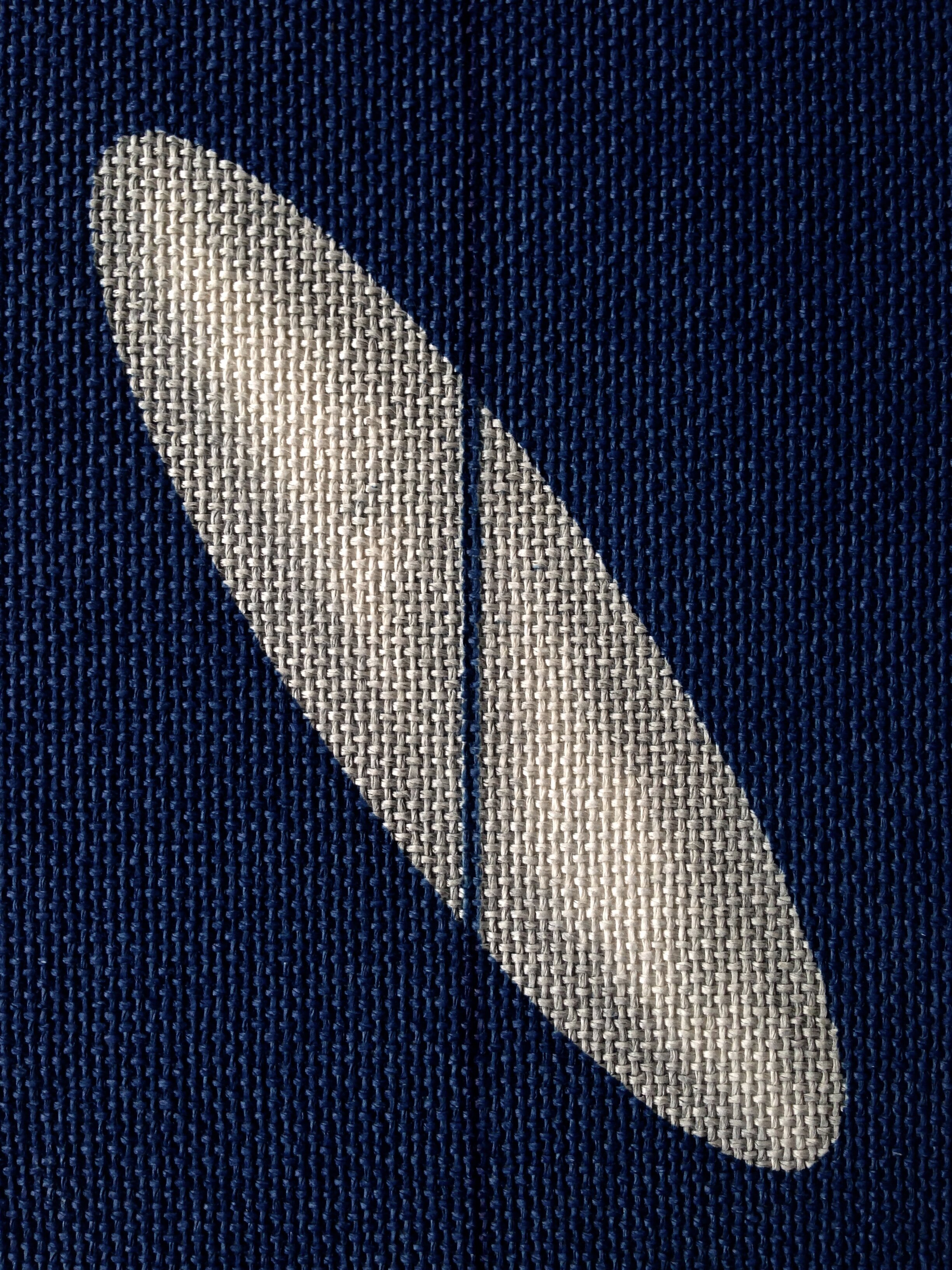Linda : indigofera tinctoria
/In Tina’s work Echo (2021) I am interested to see her focus on the progression from dark to light, from positive to negative, and the transition between them in the asymmetric composition of this contemporary supra.
Traditionally, Georgian supra were resist printed cloths, dyed with indigo over white patterned motifs and richly-figurative designs.
Indigo plant (Indigofera tinctoria L.): flowering stem with separate flower and fruit segments. Coloured engraving by J.J. or J.E. Haid, c.1750, after G.D. Ehret. FROM THE Wellcome Collection
Indigo is unique in the history of world textiles. As an extract of indigofera tinctoria and other related plant species, its process of fermentation is organic - it is a living substance.
Reluctant to penetrate deeply into fibres, indigo is both dye and pigment, colouring cloth while developing a residue on its surface. Importantly, colouration is dependent on a system of reduction, the removal of oxygen from the dye vat.
Consequently, indigo vessels are deep - often a metre or more - and frequently set into the ground to allow the cloth to be fully immersed, and the colour to develop from yellow, to green to blue. As the cloth re-emerges into the air, indigo develops hues from the palest transparent blue to layers of the darkest inky blacks.
Indigo dyeing as Artist in Residence 2016 at the Higeta Indigo Workshop, Mashiko, Japan
Detail of indigo dye vat, Higeta Indigo Workshop, Mashiko, Japan, 2016
In Austria, as part of a UNESCO collaborative project with Blaudruckerei Koó, I developed the potential for indigo to create gradations of tone through a series of different paper cloths. In these works, indigo marks the junction where dye meets two contrasting woven structures and densities. They are sudden and abrupt in one, soft and transitionary in the other.
Indigo dyeing at Blaudruckerei Koó, Steinberg, Austria. Photo: Linda Brassington
'Indigo over Austrian paper cloths' (2018), produced in collaboration with Josef Koó
In Japan, I created Encrusted (2016) to reflect the thick, crystallised surface that develops around the rim of the indigo vat over time. In parallel, in Pierced (2016) I exploited the subtle penetration of indigo through katazome paste, the seepage of colour from back to front to develop an emerging shadow from behind the cloth.
These pieces establish the basis for my exploration of indigo in the Craft Futures project, a foundation for the expression of indigo and its inherent qualities.
'Encrusted' (2016), indigo over pumice and acrylic on cotton
'Pierced' (2016), indigo over katazome paste resist on paper cloth. Collection of Mashiko Museum of Ceramic Art











